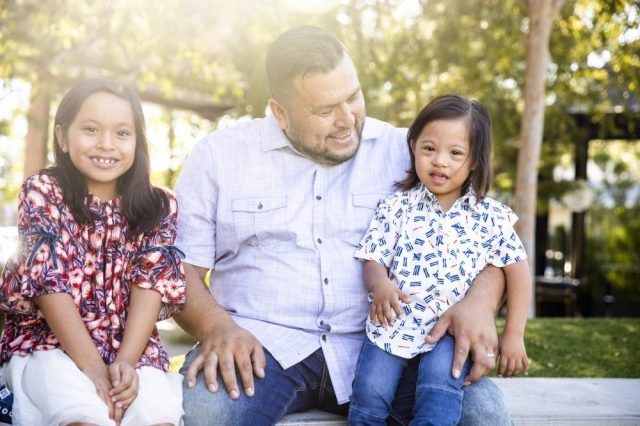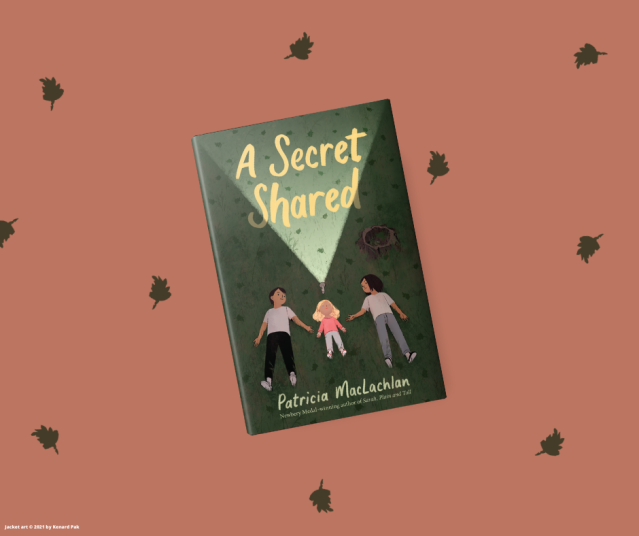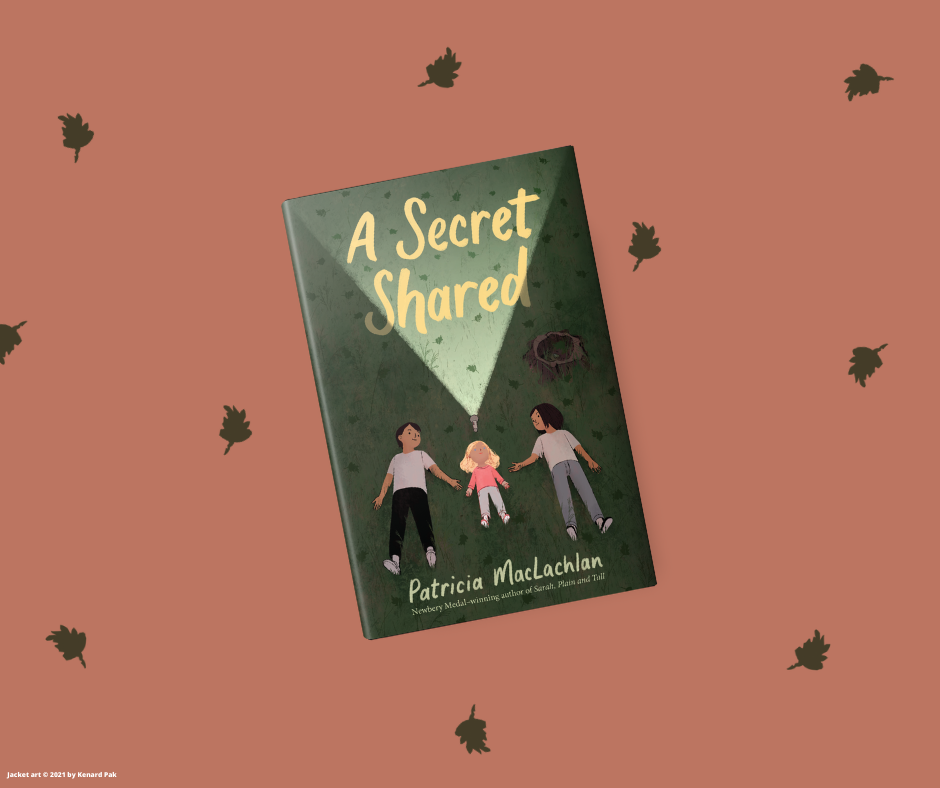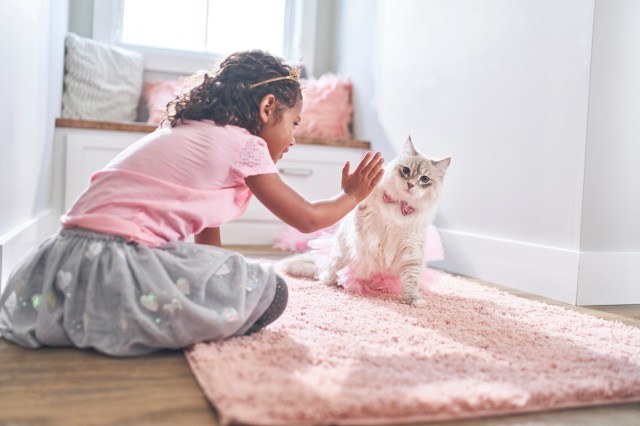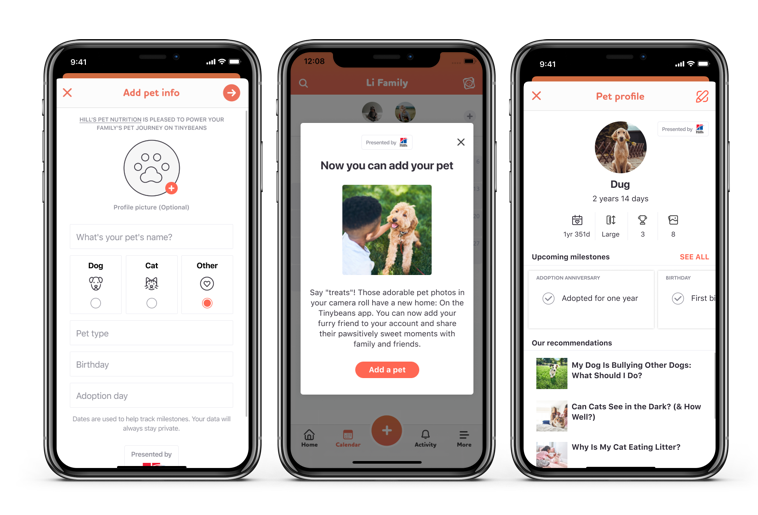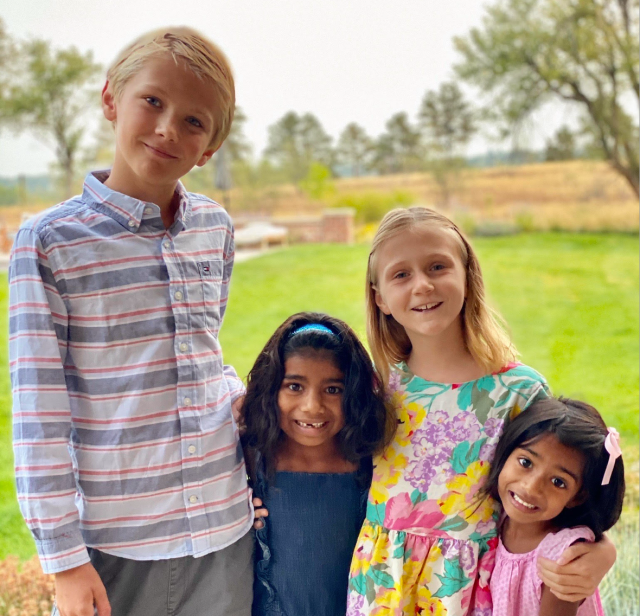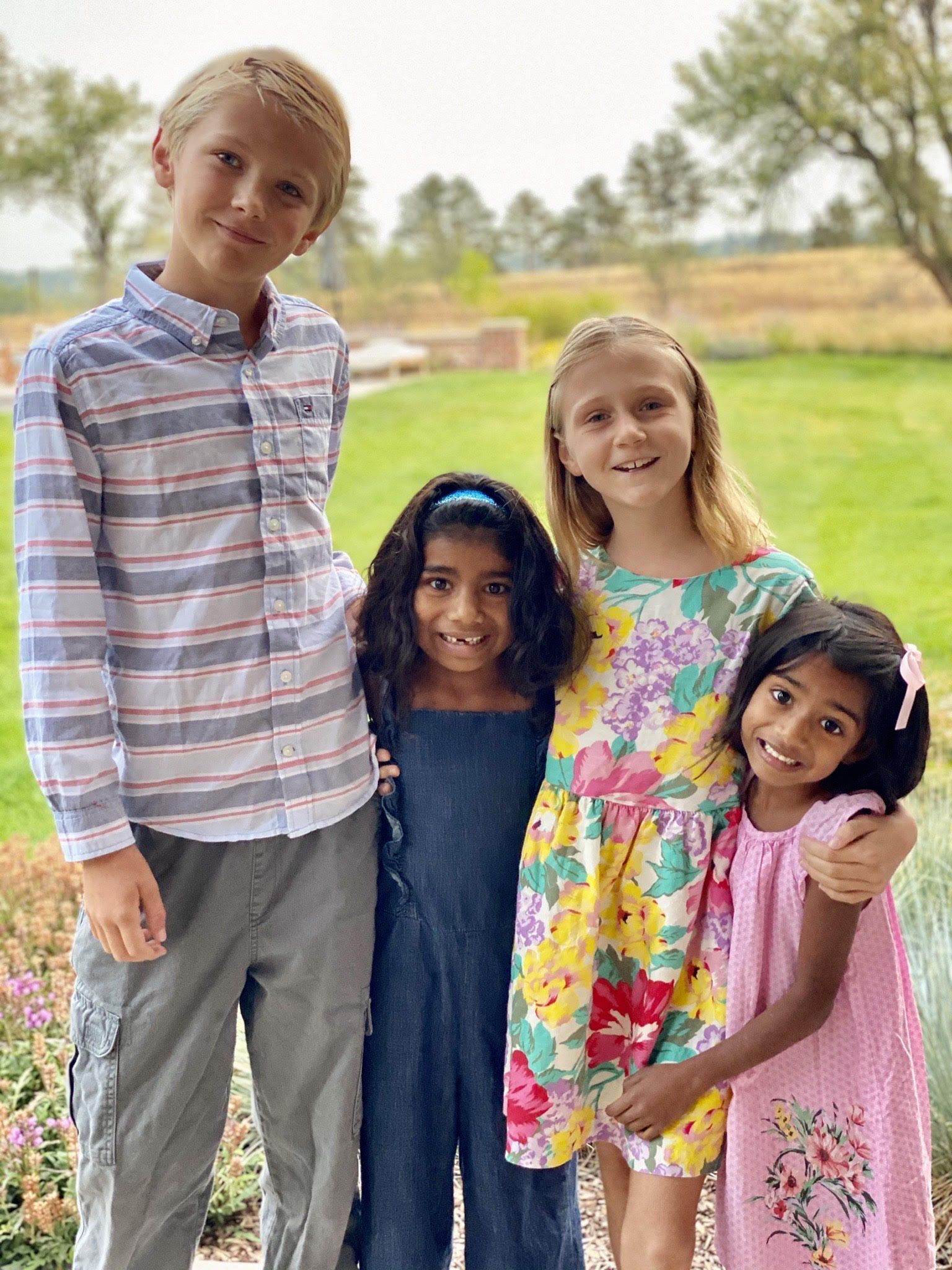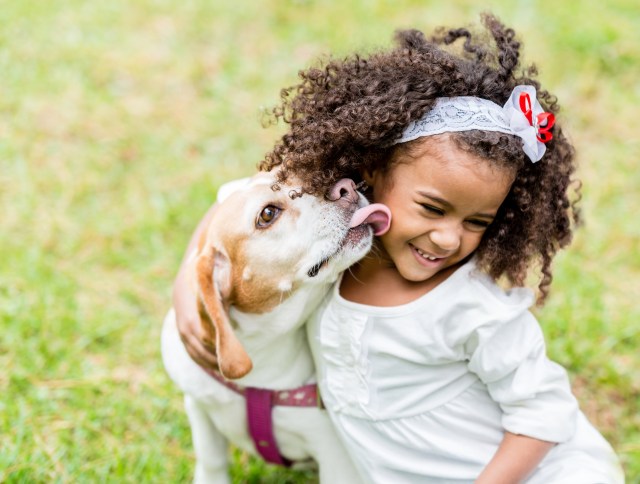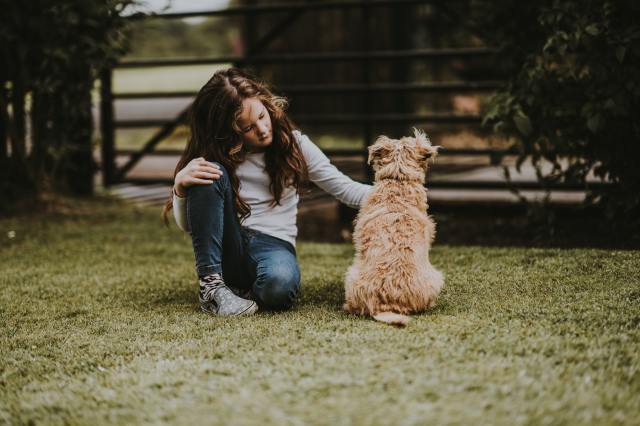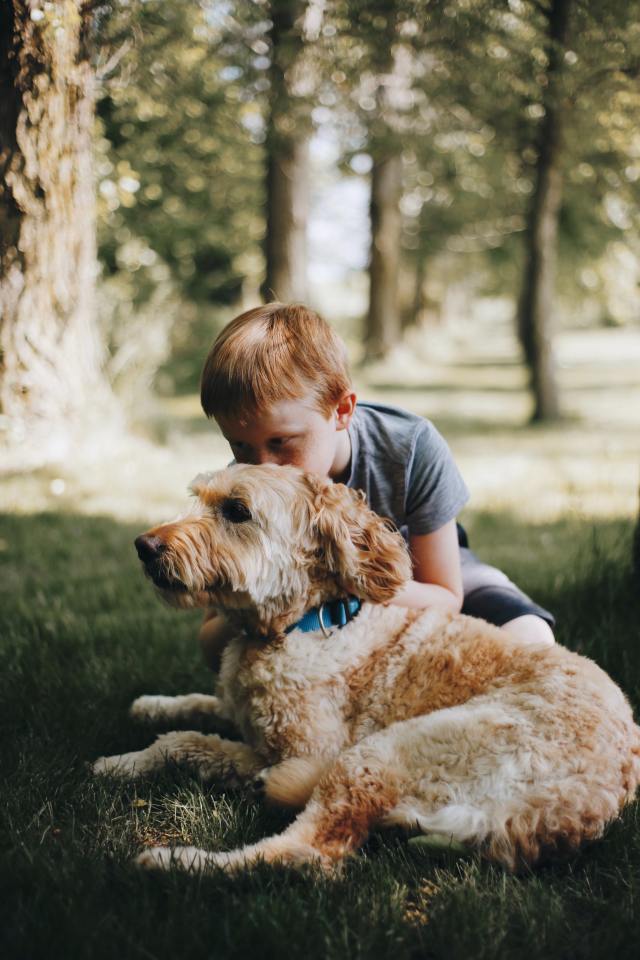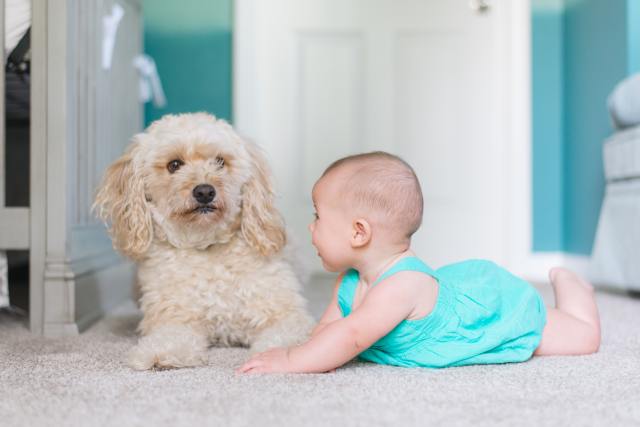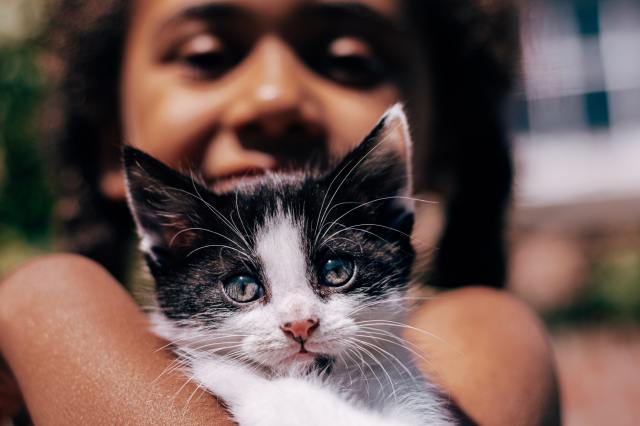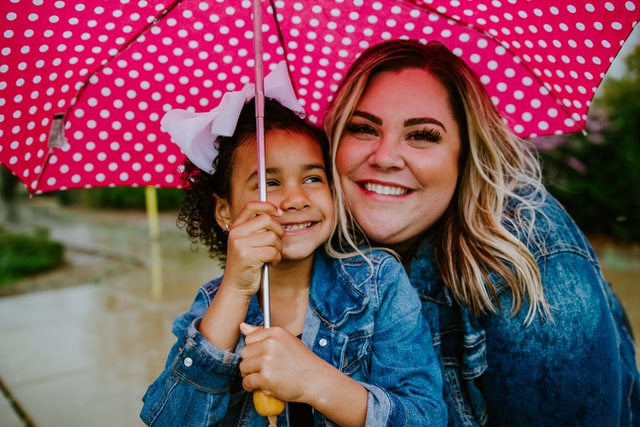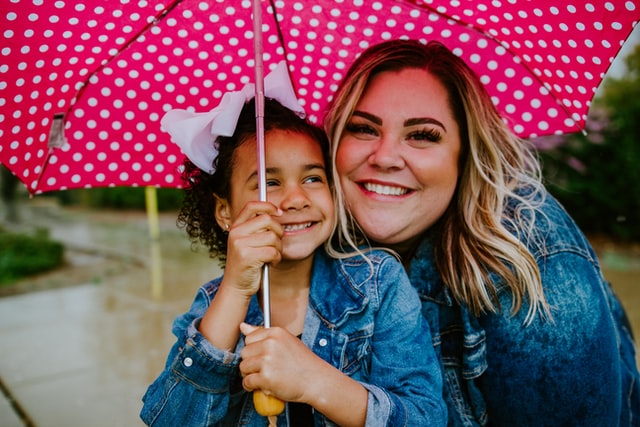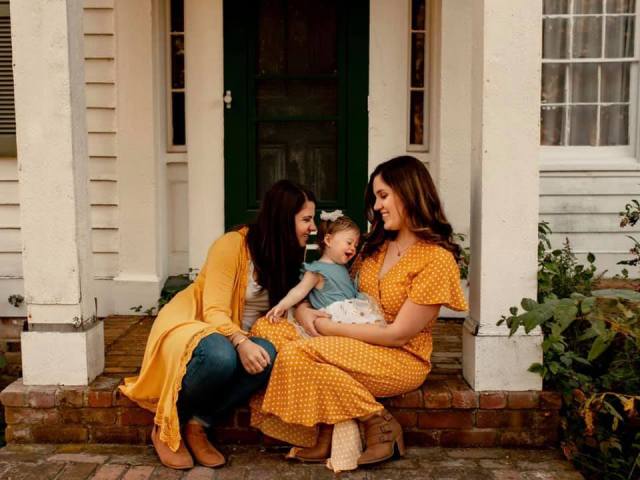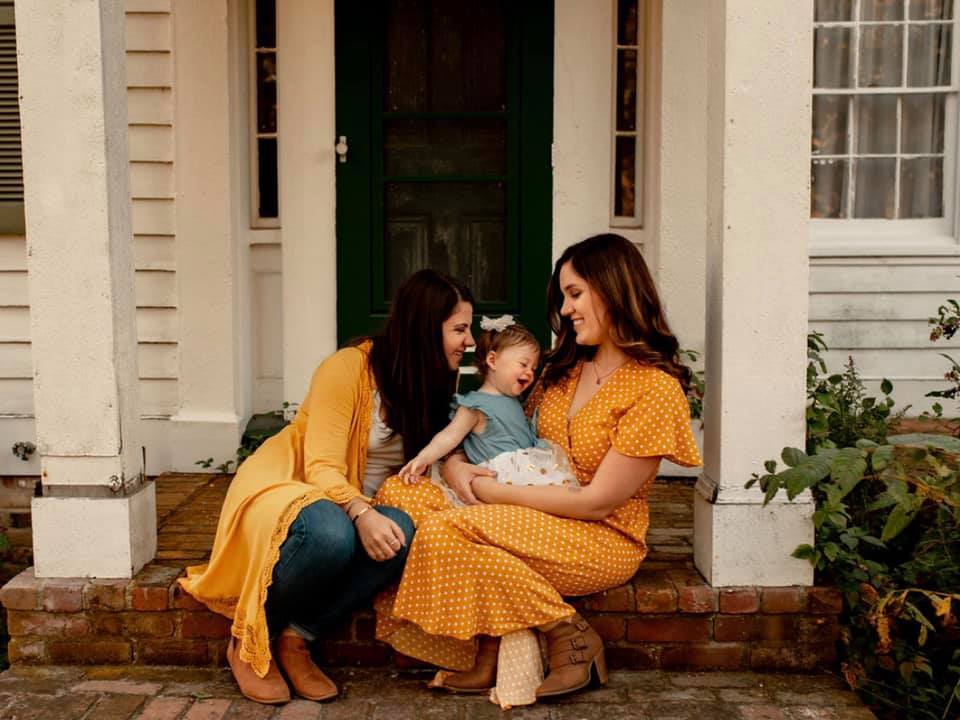If you buy something from the links in this article, we may earn affiliate commission or compensation.
There are many wonderful ways we become families, from fostering to adoption to blended families to birth families. If your family is about to grow thanks to adoption, your children are adopted, or your kids are just curious about adoption, these 14 books will offer insight, education, and a celebration of the adoption process.
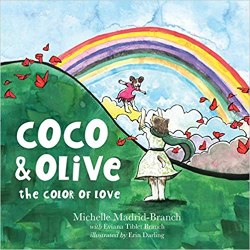
Coco & Olive: The Color of Love
$12 BUY NOWTwo canine characters, Olive and her adopted daughter Coco, explore the beauty of the world and the process of adoption through color and poetic verse. Because love is the color of the door of the building where they first met, it is the color of the blanket Coco was first wrapped up in, it is the color of the lavender bubble bath Olive bathed Coco in. Not only is this book a celebration of adoption, but it is a celebration of diverse families of all kinds, colors, and sizes. Author Michelle Madrid-Branch wrote the critically acclaimed book, Adoption Means Love: Triumph of the Heart as well as the kid’s book The Tummy Mummy, which is also on this list. Illustrated by Erin Darling. All ages.
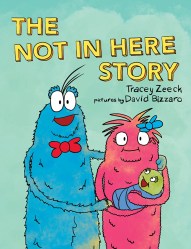
The Not In Here Story
$15 BUY NOWBased on her own experience adopting a child, author Tracey Zeeck tells the story of Mr. and Mrs. Seek, who want a baby but cannot seem to make one—no matter how hard they try or how far they travel. One day they realize that there is another way: adoption! Charmingly illustrated with colorful, monster-like characters by David Bizzaro. Ages 4-8.
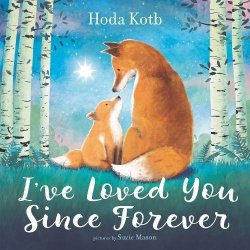
I’ve Loved You Since Forever
$15 BUY NOWThis poetic book celebrates the bond between a mother and her child, inspired by the Today Show co-anchor Hoda Kotb’s adoption of her baby girl, Haley Joy (Kotb later adopted another little girl, Hope Catherine). It reminds us that love is love and that the love between a parent and child is forever. Sweet illustrations by Suzie Mason. Ages 4-8.
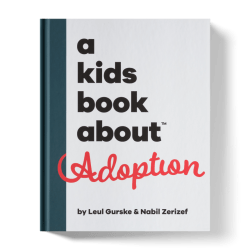
A Kids Book About Adoption
$20 BUY NOWAll of the books in the A Kids Book About series are known for taking a frank and kid-forward approach to covering topics that can be tough for parents to navigate, including divorce, anxiety, racism, empathy, and more. This book is a conversation starter for anyone who wants to talk about adoption, told from two points of view: author Leul Gurske is 14, born in Ethiopia and adopted at age two; and co-author Nabil Zerizef adopted his son at birth. All ages.
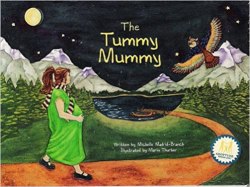
The Tummy Mummy
$9 BUY NOWAuthor Michelle Madrid-Branch not only understands adoption as a mother but she herself was adopted. The term tummy mummy was one her own adopted mother used to explain Michele’s birthmother. In homage and gratitude, and in response to the negativity and harsh judgment many birth mothers can receive, this book talks about a birthmother who loves her child very much but cannot keep her. Illustrated by Marin Thurber. Ages: 4-5.
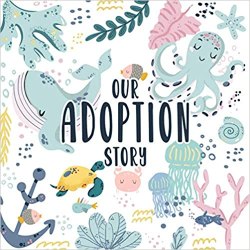
Our Adoption Story
$9 BUY NOWThis is a parent and child record book and journal with prompts for adoptive parents to tell their own story and record all the milestones of the adoption process, from fostering through the first year as a forever family. With a gender-neutral theme and questions and prompts for both domestic and international adoptions, it can be adapted for any kind of adoption, including foster to adoption families. Designed for adopted children from infant through elementary age, so it does not need to be a baby book. By Mellanie Kay Journals. All ages.
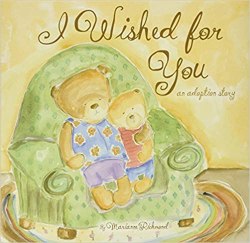
I Wished for You: An Adoption Story for Kids
$12 BUY NOWThis sweet book features Mama Bear and her baby bear, Barley, who wants to know about how his mama wished for him. It tells the story of Barley’s adoption, including explaining how Barley's birthmother loved him enough to know that she could not be the mama she wanted to be, and so she made sure that Barley would have the best mama. And that is how they came to be a beautiful, happy, snuggly family. Written and illustrated by Marianne Richmond Ages: 2-5.
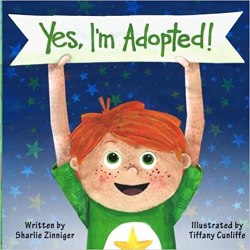
Yes! I’m Adopted
$10 BUY NOWSharlie Zinniger's cheerful, rhyming book is told from a triumphant child’s point of view, and tells the story of his adoption from start to finish, and demonstrates the true love at the heart of any adoption. Inspired by the author’s own adoption process with her two sons. Bright, colorful illustrations by Tiffany Cunliffe. All ages.

The Story of My Open Adoption: A Storybook for Children Adopted at Birth
$9 BUY NOWLeah Campbell introduces the concept of open adoption in this rhyming, illustrated book that tells the story of Sammy the Squirrel. Sammy has been adopted by Mom and Dad Rabbit, and the Rabbits are taking Sammy to meet his first family. The book includes a space for kids to draw their own family and a list of resources for parents and kids alike on the topic of adoption. It’s a story about not one, but two families who love Sammy very much. Ages: 3-5
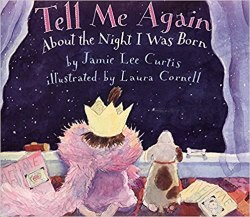
Tell Me Again About the Night I Was Born
$17 BUY NOWAuthored by actress Jamie Lee Curtis and enchantingly illustrated by Laura Cornell, the duo behind the New York Times bestsellers Today I Feel Silly and I’m Gonna Like Me, this book celebrates the joy an adopted child brings to a family. Ages: 4-8.
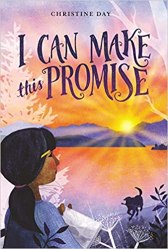
I Can Make This Promise
$8 BUY NOWInspired by her own family history, author Christine Day tells the story of Edie, a curious young girl who wants to know more about her Native American heritage. All she knows is that her mom was adopted by a white couple. But then curious Edie discovers a box hidden in the attic, with letters and photos of a mysterious woman who looks just like Edie. Wanting to know more about this woman, and hoping to learn more about her own heritage, Edie uncovers a menagerie of family secrets. A beautiful and powerful book about identity, adoption, history, and the truth. Ages: 8-12
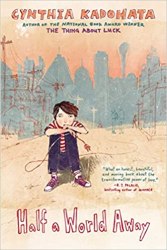
Half a World Away
$8 BUY NOWJaden is sure his parents must think they made a mistake when they adopted him. At age 11 his behavioral issues—stealing, hoarding, lighting fires—must be the reason they are all traveling to Kazakhstan to adopt a new baby. To replace him, Jaden is sure, even though he knows they love him. When they arrive they discover the baby they had intended to adopt has already been placed, and while his parents are focusing on one of the other babies, Jaden starts bonding with a little three-year-old toddler named Dimash. And this connection helps Jaden understand the power of love to transform our lives. Ages: 10 and up.
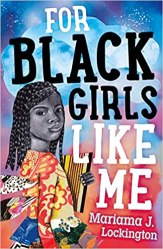
For Black Girls Like Me
$8 BUY NOWMakeda is 11, adopted, and black. She loves her white parents and sister and knows that they love her, but it doesn’t change the fact that Makeda often feels like an outsider, except when she’s with Lena. Lena is Makeda's best friend and she is also adopted, and black. When Makeda’s family moves from Maryland to New Mexico everything changes. The story of Makeda finding her place in the world is beautifully written by author Marima J. Lockington, who draws upon her own experiences with her adoptive white family. Ages: 9-11
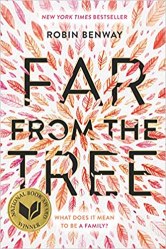
Far from the Tree
$10 BUY NOWIn this book for older teenage readers, Grace, who was adopted at birth and raised an only child discovers that she isn’t an only child after all. When Grace puts her own baby up for adoption, she begins to look for her birth family and discovers she’s actually a middle child, with two bio siblings. Maya, her younger bio sister was adopted into a big family. Joaquin, her older bio-brother, stayed in the foster care system until he was 17. There are not very many books on the topic of adoption and foster care geared toward older readers, and this one is a must-read. Author Robin Benway is not only a New York Times bestseller, she also won the National Book Award for Young People’s Literature for this book. Ages: 13-17
—Amber Guetebier
RELATED STORIES
Watching Life through the Eyes of an Adopted Child
8 Things You Can Do to Support Adoptive Moms
Thinking About Adopting? Start Here
5 Items That Need to be on Your Adoption Registry
The Touching Story Behind One Family’s #AdoptionDay Photos
